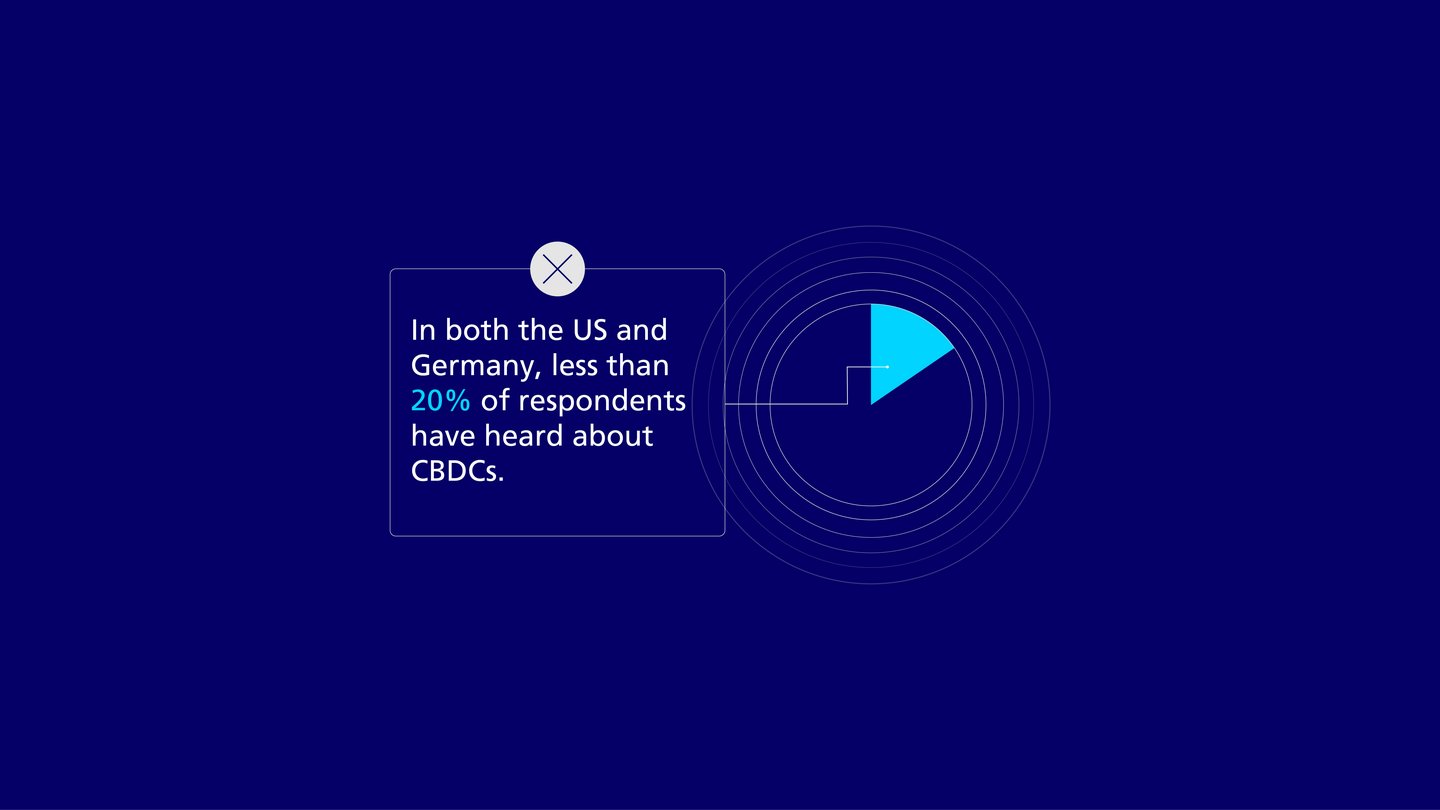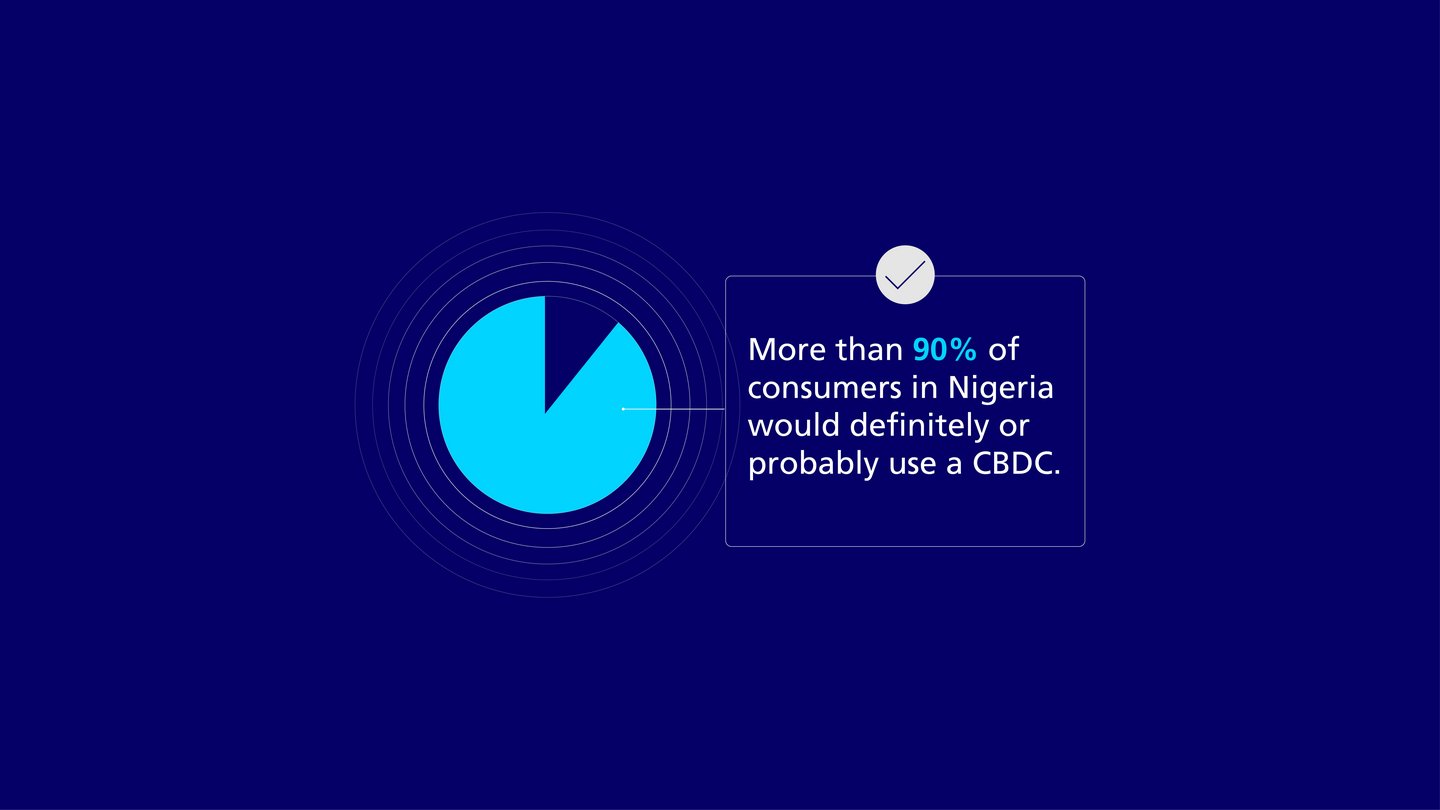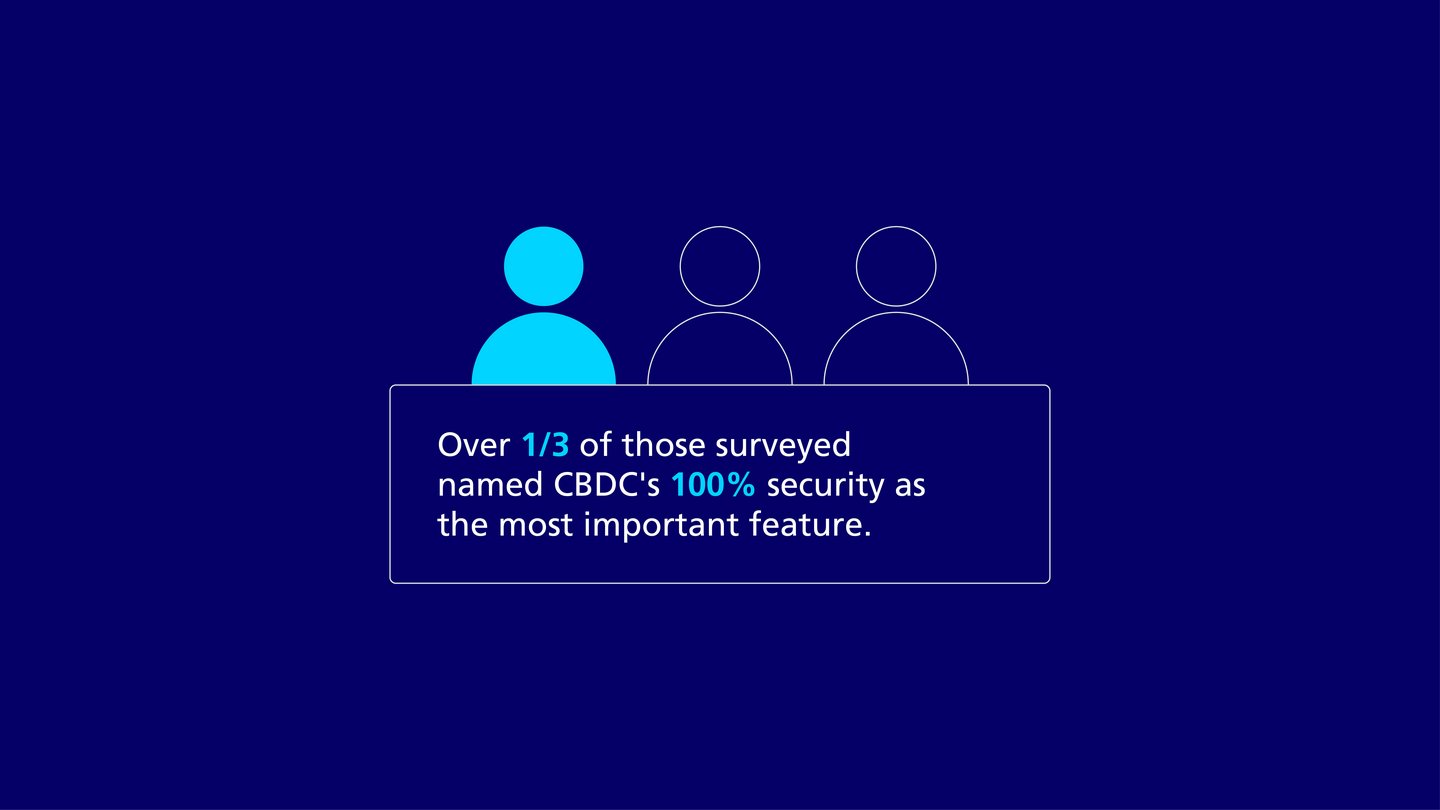The research base underpinning the development of central bank digital currencies (CBDCs) continues to grow with every passing week. Now, a multi-country survey by Ipsos MORI for OMFIF and G+D sheds new light on an under-explored topic: the views of citizens.1 This global perspective on the next generation of public money highlights what consumers around the world expect from CBDCs and also indicates what needs to be considered to ensure their successful adoption.

Public attitudes to CBDCs will have an impact on their success
The willingness of the public to use central-bank-issued digital currencies will be crucial to their success. A new study reveals that what is important to citizens and to their readiness for this new form of payment is significantly different from country to country.
The survey of respondents took place in four countries: Germany, Indonesia, Nigeria, and the US. Many of the results are striking, and the report presenting them contains important messages about global perspectives on the potential for central bank digital currencies. The report emphasizes that consumer attitudes vary enormously, which will impact on central banks’ thinking about how to design a CBDC that meets consumer needs.
Here are some of the key findings from the report:
-
Awareness of CBDCs is much higher in developing countries, with over 40% of Nigerians and Indonesians saying that they are aware of CBDCs, compared with almost 17% of Germans and 15% of Americans.
-
People in developing countries are significantly more prepared to accept and use a CBDC than are people in the developed world. For example, 91% of consumers in Nigeria said they were likely to use a CBDC, compared with only 14% in Germany. This reflects the rollout in Nigeria of Africa’s first CBDC, the eNaira, and Indonesia’s promotion of digital payments and digital financial literacy more generally.
-
Security and universality are important features of a CBDC for consumers across most of the countries polled, on aggregate. Overall 29.1% of respondents cited being able to use a CBDC everywhere and 33% cited complete security as being important features of any currency. However, these aggregate figures mask important differences in regional priorities, with cost being a more important factor than these features for Germans, and privacy more important for Indonesians.
-
People in emerging markets are already willing to use CBDCs in digital marketplaces, for payments at merchants, for P2P transfers, and as a store of value. Over 50% of Indonesian and Nigerian respondents would be willing to use a CBDC in a digital marketplace, compared with less than 25% of German and American respondents. People in emerging markets are overall much more ready to accept central-bank-backed digital currencies as part of the payment landscape.
-
Some of the concerns people have that could lead to not using CBDCs include the lack of widespread acceptance, tracing of purchasing habits, and security. The issues raised by consumers surrounding universal acceptance, resilience, privacy, security, and ease of use are significant because these are the principal characteristics of cash. That’s why policy-makers should endeavor to make CBDCs as close to cash as possible.
-
CBDCs are likely to complement existing payment options rather than replace them. However, the extent to which they affect other payment forms will vary from country to country, with cryptocurrencies possibly being most affected in Nigeria and payment apps most affected in the US.
“User needs differ depending on their location and, just as the payment landscape is in flux, we can assume that user requirements and behaviors are set to evolve over time. This calls for a flexible CBDC ecosystem, one that can adapt over time“
CEO of G+D Currency Technology
People living in different countries provide very different responses to questions about CBDCs. This shows not only that the public readiness for CBDCs varies enormously, but also that there will be no one-size-fits-all answers to their design. The needs of different countries and their people vary greatly, and as a result so do their digital currency needs.
-
OMFIF/G+D, “Consumer attitudes to CBDC: Considerations for policy-makers,” November 2021
Published: 15/02/2022
Share this article
Subscribe to our newsletter
Don’t miss out on the latest articles in G+D SPOTLIGHT: by subscribing to our newsletter, you’ll be kept up to date on latest trends, ideas, and technical innovations – straight to your inbox every month.





